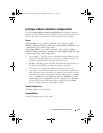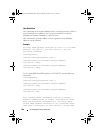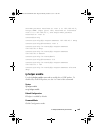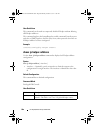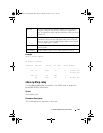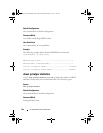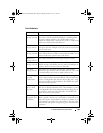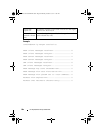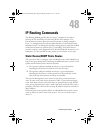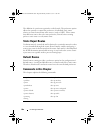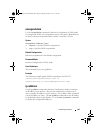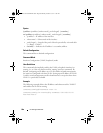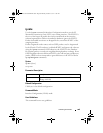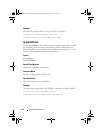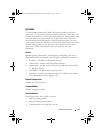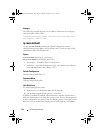
IP Routing Commands 965
48
IP Routing Commands
The Routing Module provides the base Layer 3 support for Local Area
Network (LAN) and Wide Area Network (WAN) environments. The
PowerConnect switches allows the network operator to build a complete
Layer 3+ configuration with advanced functionality. As the PowerConnect
defaults to Layer 2 switching functionality, routing must be explicitly enabled
on the PowerConnect to perform Layer 3 forwarding. For PowerConnect
switches, routing is only supported on VLAN and Loopback interfaces for in-
band ports. It is not possible to route packets to for from the service port.
Static Routes/ECMP Static Routes
The operator is able to configure static and default routes with multiple next
hops to any given destination. Permitting the additional routes creates several
options for the PowerConnect network operator.
1
The operator configures multiple next hops to a given destination,
intending for the router to load share across the next hops.
2
The operator configures multiple next hops to a given destination,
intending for the router to use the primary next hops and only use the
other next hops if the primary next hops are unusable.
The operator distinguishes static routes by specifying a route preference
value. A static route with a lower preference value is a more preferred static
route. Next hops with the same preference are grouped into a single ECMP
route. A less preferred static route is used if the more preferred static route is
unusable. (The link is down or the next hop IP address cannot be resolved to a
MAC address.)
In PowerConnect, the operator deletes an individual next hop from a static
route or deletes an entire static route at once. The cost of a static route is
always 0.
2CSPC4.XCT-SWUM2XX1.book Page 965 Monday, October 3, 2011 11:05 AM



